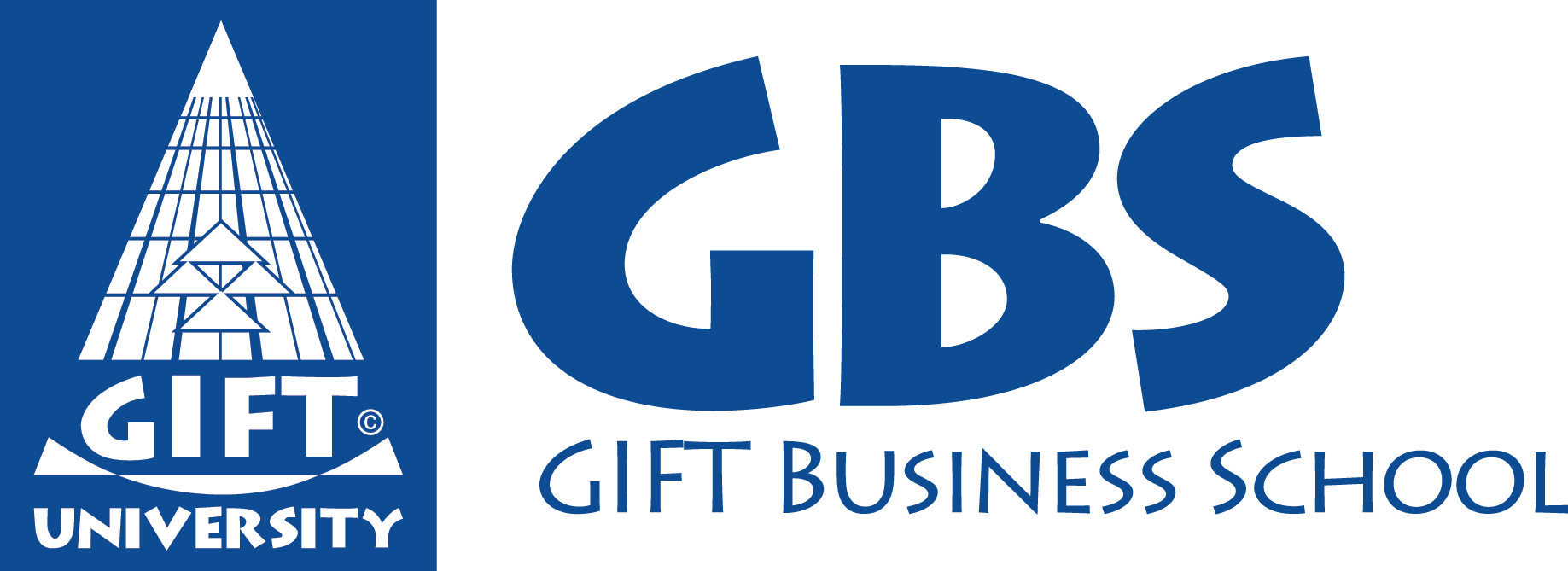In the world of corporate borrowing, negotiating a facility agreement is a crucial step that requires careful consideration and attention to detail. Whether you are a seasoned professional or a novice in the field, having a reliable checklist can significantly enhance your negotiation process. In this article, we will explore the key elements of negotiating a facility agreement for a corporate borrower and provide you with a comprehensive checklist to ensure a successful outcome.
Understanding the Basics
Before diving into the checklist, let’s briefly review what a facility agreement entails. A facility agreement is a legally binding contract that outlines the terms and conditions under which a lender provides a loan to a corporate borrower. It includes crucial details such as the loan amount, interest rate, repayment terms, and covenants that the borrower must adhere to. Now, let’s delve into the checklist.
1. Define the Purpose and Scope
Begin by clearly defining the purpose of the facility agreement and the scope of the loan. This includes determining the specific use of funds, whether it is for capital investments, working capital, or refinancing existing debt. Additionally, identify the duration of the loan and any proposed repayment schedules.
2. Identify Key Parties and Roles
Identify all parties involved in the agreement, including the borrower, lender, and any guarantors. Clearly define their roles, responsibilities, and obligations under the agreement. It is crucial to ensure that all parties have the legal capacity to enter into the agreement.
3. Determine Financial Terms
Establish the financial terms of the agreement, including the loan amount, interest rate, and any fees or charges associated with the loan. Consider any potential amendments to the agreement clause that may be required in the future and ensure they are adequately addressed.
4. Address Security and Collateral
Discuss the security and collateral requirements for the loan. This includes identifying any assets that will serve as security, such as property, equipment, or intellectual property. Ensure that the agreement clearly outlines the rights and obligations of each party regarding the security provided.
5. Evaluate Covenants and Conditions
Analyze the covenants and conditions that the borrower must meet throughout the term of the agreement. These may include financial reporting requirements, debt service coverage ratios, or restrictions on additional borrowing. Carefully review these provisions to ensure they align with the borrower’s financial capabilities and long-term objectives.
6. Draft Default and Termination Clauses
Incorporate clear default and termination clauses in the agreement to address potential breaches or non-compliance. Specify the consequences of default, such as acceleration of the loan or imposition of penalties. It is essential to have a well-defined dispute resolution mechanism to resolve any conflicts that may arise.
7. Seek Legal and Financial Advice
Finally, seek professional advice from lawyers and financial experts who specialize in facility agreements. They will help you navigate complex legal and financial considerations, ensuring that the agreement is legally binding, enforceable, and in the best interest of all parties involved.
By following this comprehensive checklist, you can streamline the process of negotiating a facility agreement and increase the likelihood of achieving favorable terms and conditions. Remember, negotiating a facility agreement requires meticulous attention to detail and a thorough understanding of the legal and financial implications. With the right preparation and expert guidance, you can master the art of negotiating facility agreements like a pro.
